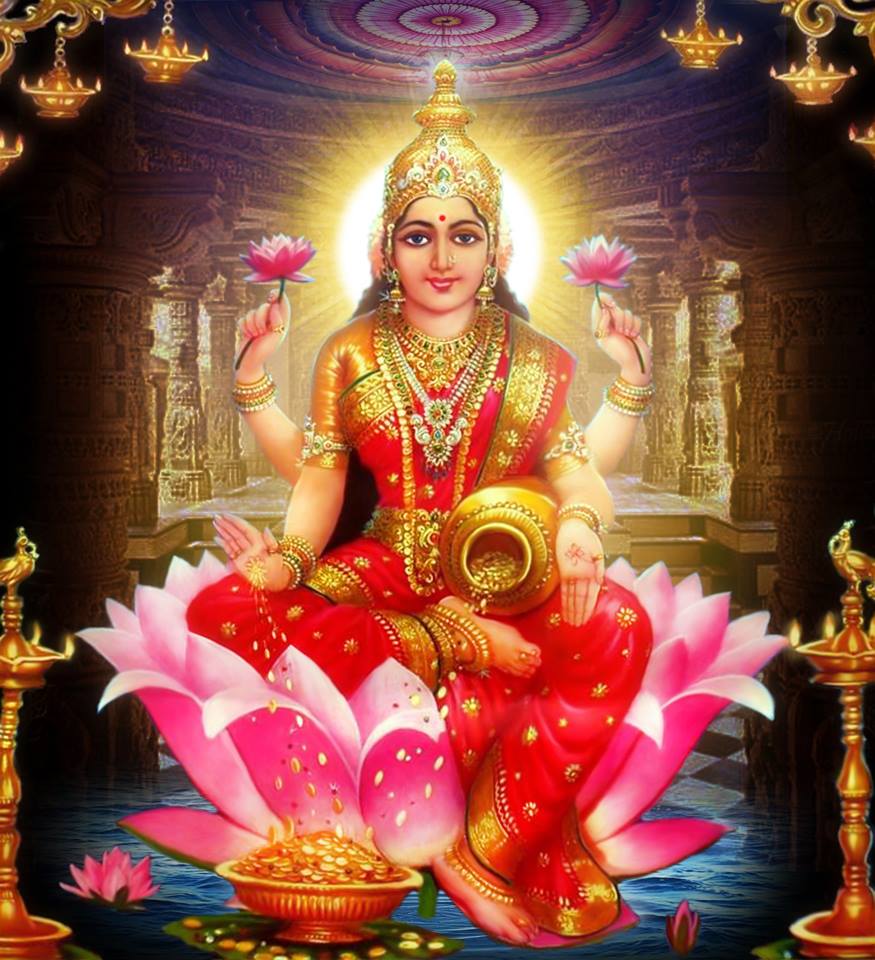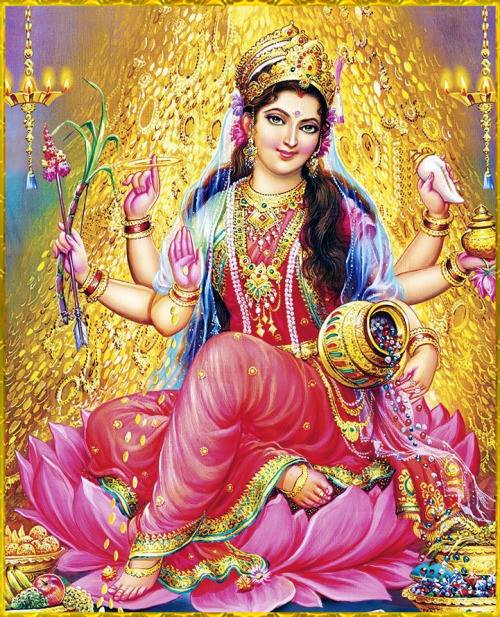Throughout history, the concept of God has taken on countless forms, reflecting the diverse cultures, philosophies, and personal experiences of humanity. From a comforting presence that watches over us to a distant architect of the universe, the images we create of the divine speak volumes about our seek for meaning and connection. These representations, often deeply embedded in art, literature, and religious traditions, provide insight into our hopes, fears, and values, shaping our understanding of the sacred and the profound.
As we delve into the myriad God images, we begin to uncover how these expressions influence our spiritual journeys and the ethical frameworks we build. Each image, whether it emerges from ancient texts or contemporary thought, serves as a mirror reflecting our collective consciousness and individual beliefs. In uncovering the many faces of God, we invite a deeper exploration of what divinity means to us, revealing a rich tapestry of interpretations that span across time and culture.
god-images ">Historical Perspectives on God Images
Throughout history, the representation of the divine has been deeply intertwined with cultural and societal norms. In ancient civilizations, such as those in Mesopotamia and Egypt, deities were often depicted in human or animal forms, reflecting the traits and powers attributed to them. These images served not only as objects of worship but also as symbols of authority, embodying the beliefs and values of the societies that created them. The visual representation of gods facilitated a tangible connection between the divine and the mortal, allowing followers to engage with their spirituality in a more personal way.
The advent of monotheism brought a significant shift in the way God was imagined and represented. In early Abrahamic faiths, particularly Judaism, the notion of an unseen God led to a reluctance to create physical representations. This avoidance was rooted in the belief that any image might misrepresent the divine or lead to idolatry. However, as Christianity emerged, artistic interpretations flourished, striving to encapsulate the essence of God through the figure of Jesus Christ and other saints. This evolution demonstrated an effort to reconcile the spiritual with the physical, allowing believers to visualize and relate to the divine more intimately.
In more recent centuries, the Enlightenment and various philosophical movements prompted critical examination of traditional God images. The rise of rationalism and secularism challenged established representations, leading many to explore abstract and symbolic interpretations of the divine. Artists and theologians began to depict God in ways that transcended literal imagery, inviting a more personal and subjective understanding of faith. This shift highlights the ongoing conversation about God images, revealing how they evolve alongside human experience and thought, reflecting the complexities of spirituality in a changing world.
Cultural Variations in Divine Representations
Different cultures around the world have distinct images of God that reflect their unique histories, values, and experiences. In many indigenous cultures, God is often represented through nature and the elements, embodying the spirits of mountains, rivers, and animals. These representations emphasize interconnectedness and reverence for the natural world, providing a holistic view of divine presence. In contrast, major world religions such as Christianity, Judaism, and Islam offer more anthropomorphic images of God, often depicting Him with human-like qualities but also emphasizing transcendence and omnipotence.
In Buddhism, the divine is interpreted differently, focusing less on a creator God and more on spiritual enlightenment and the attainment of Nirvana. Artistic representations often depict bodhisattvas and other figures symbolizing compassion and wisdom, serving as guides rather than as representations of a singular deity. https://www.bitsdujour.com/profiles/lFYMuB how the understanding of the divine can shift dramatically based on cultural and philosophical frameworks.


Furthermore, contemporary movements have seen a blending of traditional and modern interpretations of God images. https://milkyway.cs.rpi.edu/milkyway/show_user.php?userid=7676667 are now seeking more inclusive and diverse representations of the divine, acknowledging gender, race, and sexuality in their understanding of God. This evolving perspective allows for a richer tapestry of faith expressions and a broader acceptance of what the concept of divinity can entail, illustrating that God images are as varied as the individuals and communities that conceive them.
Psychological Impact of God Images
The images we hold of God can significantly shape our emotional and psychological landscapes. For many, a loving and nurturing God can foster feelings of security and comfort, acting as a source of strength during times of distress. Conversely, images of a punitive or distant deity may evoke anxiety, fear, and guilt. This duality demonstrates how deeply interconnected our spiritual beliefs are with our mental health, influencing our self-perception and interactions with others.
Moreover, God images can inform our moral frameworks and ethical decisions. Individuals who conceive of God as a moral guide often find themselves engaged in reflective practices, striving to align their actions with perceived divine will. This connection between God images and personal ethics can promote empathy and altruism, as believers may seek to emulate the characteristics they attribute to their deity. The impact extends beyond the individual to societal levels, shaping community values and collective behaviors.
Finally, the evolution of God images can be pivotal in personal identity and transformation. As people experience life changes, trauma, or spiritual awakening, their perception of God may shift, influencing their worldview. learn more can be a source of resilience, allowing individuals to adapt their spirituality in ways that enhance well-being and purpose. Exploring the psychological implications of God images reveals the profound ways in which these perceptions can sculpt our interior lives and external realities.
